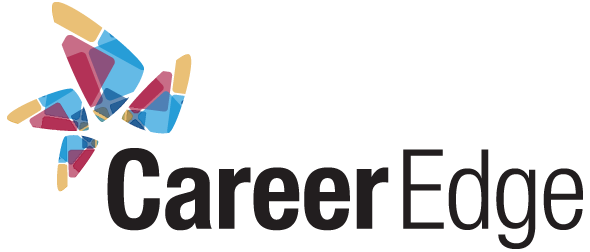According to Canadian HR Reporter, “75 per cent of Canadian CEOs expect challenges in recruiting and integrating younger workers, compared to just 54 per cent of their global counterparts.”
A survey of 1,201 CEOs worldwide, conducted by PwC (and recently feature in a Canadian HR Reporter article) found that Canadian CEOs are also more focused on recruiting and retaining older workers than their global counterparts.
The explanation for this is twofold: as most employers are well aware, Canada’s population is aging. The article points out that Career Edge Organization Host Employer BMO Bank of Montreal has over 46,000 employees who are “experienced workers,” and the bank continues to invest in programs to ensure continued retention. Examples include mentoring programs and flexible work arrangements as well as ongoing training and professional development.
BMO is not alone. 83 per cent of the Canadian CEOs surveyed expect that a key concern in coming years will be the limited supply of skilled candidates – compared to 66 per cent globally.
Many of Career Edge Organization’s host employers are thinking “outside-the-box” to address the issue of retirement and looming skills shortages that have been on the horizon for several years now. While strategies include programs to retain older workers, employers are also building new talent pipeline, and considering untapped talent pools.
Canada is very fortunate to be a destination of choice for internationally qualified professionals – immigrants who bring experience, education and skills to the table, as well as the added benefit of unique and diverse perspectives.
Looking at our Career Bridge paid internship program’s talent pool, it’s hard to imagine any shortage of skills. Consider the stats:
- Over 60 per cent of our registrants have a Masters degree or higher
- 80% have at least five years of relevant work experience
- 51% have been in the workforce for at least 10 years
- The majority are bilingual – with strong English business communication skills as well as other languages that can help companies compete globally as well as better serve diverse customers locally
Employers looking to develop the skills of younger or less experienced workers turn to our Career Edge and Ability Edge paid internship programs, for recent graduates and grads with disabilities, respectively. This employers are long-term thinkers with sustainability in mind. And it works! Some of our original Career Edge interns from 1996 are now still with their Host organizations, in leadership roles.
The PwC survey is a positive sign that organizational leaders are recognizing the potential talent management challenges that lie ahead, and we’re happy to share solutions and best practices.





